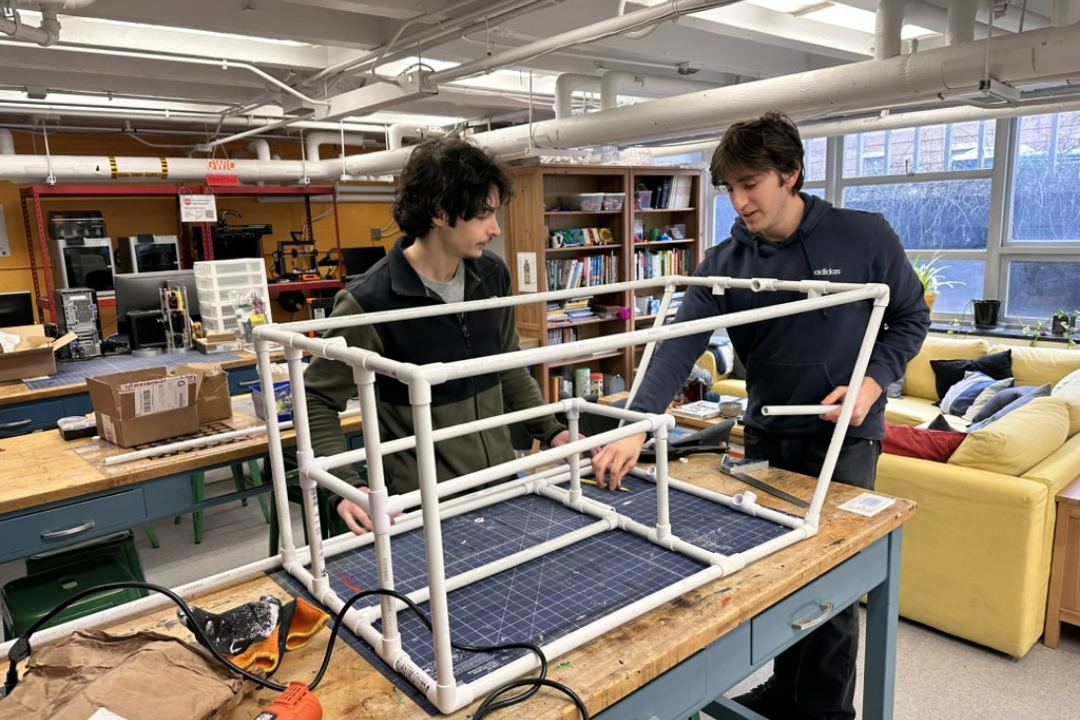What problem does this project tackle?
Invasive lionfish pose a threat to coral reefs. Traditional methods of controlling lionfish populations are ineffective or too costly. We are proposing an autonomous submersible capable of removing invasive lionfish. This submersible will bring down the price of protecting valuable underwater ecosystems.
Who experiences this problem in the world?
Tourists, the fishing industry, and most of all, the ecosystems to which invasive lionfish are introduced are most impacted by their presence. Lionfish can make tourism less appealing by destroying coral reefs and stinging the recreational divers. As lionfish have no predators, they kill other native fish at a disproportionately high rate, making it difficult for the fishing industry to continue without risking overfishing. The ecosystems themselves also struggle to adapt to disruption.
Why is this problem important?
Lionfish are destroying coral reefs. As an invasive species, they have no predators, and are highly dangerous to the ecosystems to which they have been introduced. Research by NOAA (The National Oceanic and Atmospheric Administration) estimates that even a single lionfish could reduce the recruitment of the native fish by 79% (NOAA, 2022). Lionfish feed on these native fish along with crustaceans, which are a vital food source for many other commercially important fish. The native fish that lionfish prey on also include herbivores which eat algae from coral reefs. The lack of these herbivores in turn results in an excessive growth of algae, further burdening the coral reef ecosystems (NOAA, 2022). The problem is further exacerbated by the fact that lionfish reproduce rapidly, releasing 15,000 to 30,000 fertilized eggs every 3-4 days (lionfishdivers.com, 2024). Conventional methods to remove these fish such as traps have proven to be ineffective, and these traps tend to have a high bycatch of other reef fish, making this solution infeasible (NOAA, 2014).
What specific technical problems did you encounter:
Navigation is one of the most difficult challenges we have to solve. GPS doesn't work underwater, so it's very difficult for the submersible to determine its own position. We use simultaneous localization and mapping algorithms to maintain a position estimate.
Describe the coolest thing about your project:
We get to build a large, autonomous robot as part of an interdisciplinary team. It's awesome to see our creation come to life and operate in the real world!
Describe any sustainable design considerations driving your solution:
Our robot does not produce any sort of waste, nor does it leave the lionfish in the water after capture. The lionfish are kept in a containment tank after being caught with the spear, then are brought to surface level for removal, thus not potentially impacting the environment. Our battery powering the system is rechargeable, meaning that we don't need to dispose of used batteries after a mission. The autonomous nature of the robot also makes it more feasible to run at a larger scale, as a human operator does not have to be present controlling the robot.
Project Name: Reeflex: Underwater Robotic System for Lionfish Detainment
Team Members: Felipe Garcia Quiro, William Lynam, Lennart Martens, Omar Nayfeh, Nick Neirotti, Tharun Saravanan, Koi Su
Team Mentors: Phil Lopreiato
Team Sponsors: N/a


